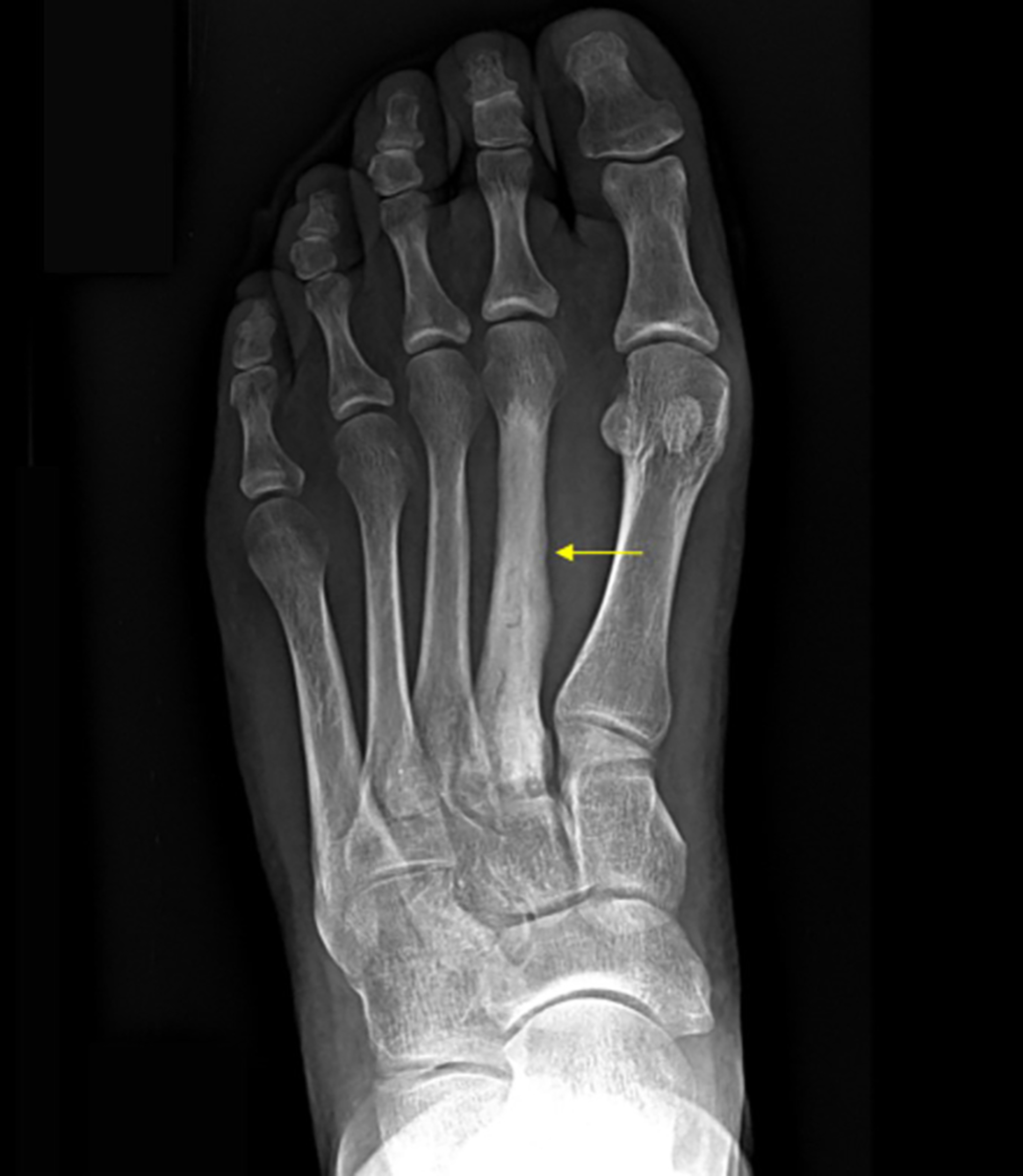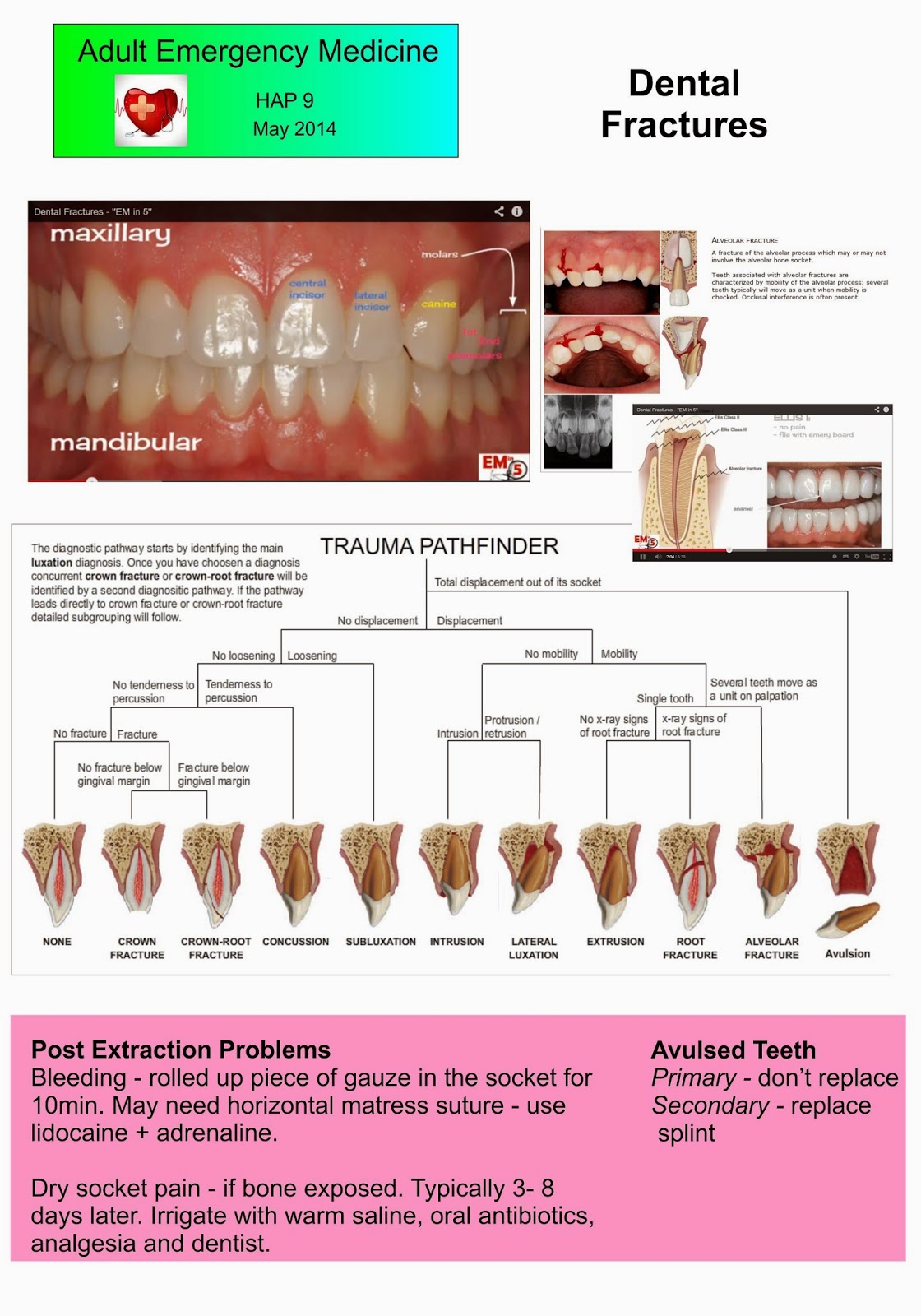Exemplary Info About How To Cure A Fracture

A typical closed reduction is performed either by providing local anesthetic to the broken bone or a general anesthesia, followed by a specific maneuver to attempt to realign the broken bone.
How to cure a fracture. If the broken bone is the result of major trauma or injury, call 911 or your local emergency number. In this article what is a bone fracture? Scroll down to learn how to deal with this situation.
Doctors & care at mayo clinic diagnosis during the physical exam, the health care provider will inspect the affected area for tenderness, swelling, deformity or an open wound. When you begin walking, you will probably need to use crutches or a walker for support. Wait for your fracture to fully heal before you.
Try to keep the affected area elevated. Fractures in the bone cause the spine to weaken and collapse. However, due to osteoporosis, the bone is not guaranteed to heal properly.
The breaks happen in the vertebral body, which is the thick, rounded part on the front of each vertebra. An open fracture often causes more damage to the surrounding muscles, tendons, and. Apply cold to the area:
Fibula fractures occur around the ankle, knee, and middle of the leg. Although fractures heal on their own, you may employ a few home cures and techniques to speed up the healing process and lessen the possibilities of future fractures. However, you may not be able to put full weight on your leg until the fracture has started to heal.
Basics by mayo clinic staff a fracture is a broken bone. Sometimes no action is required, and other times surgery is required. Treating a humerus fracture depends on several factors, including the type of fracture and whether there are any loose bone fragments.
Loosely wrap the splint to the area using. Begin cpr if there's no breathing or heartbeat. Also call for emergency help if:
Through the recovery process, stay fit and keep a good mental attitude; Most people need at least a month to recover from a rib fracture. A fracture occurs when force exerted against a bone is stronger than the bone can structurally withstand.
Here's what causes them and how they're treated. The most common sites for bone fractures are the wrist, ankle and hip. To determine the best treatment, your doctor will start by.
Treatment includes immobilising the bone with a plaster cast, or surgically inserting metal rods or plates to hold the bone pieces together. Compression fractures are small breaks or cracks in the vertebrae (the bones that make up your spinal column). Types of bone fractures signs and symptoms of fractures what causes a.


![[Sponsored] The cause and cure of a fractured wrist YouTube](https://i.ytimg.com/vi/zMDXODB85AM/maxresdefault.jpg)


.jpg?q=SpzKFJdsQLYSXM2r)

/how-to-heal-a-broken-bone-quickly-2549327-5bb7c3c5c9e77c0051574e48.png)










